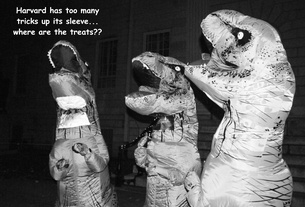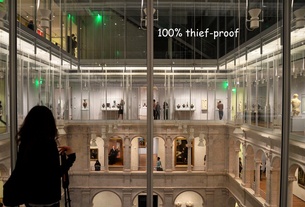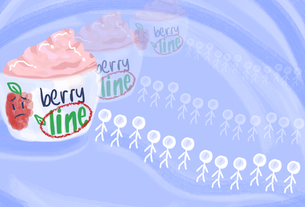{shortcode-af352c9dcb5d3acf44b07843254de4afb0e4a247}
Students were divided. House masters were conflicted. Associate Dean of the College of the House System Thomas A. Dingman ’67, however, was sure.
Starting in 1988, Harvard’s administrators debated a major alteration to the University’s House system. Originally created in the 1920s and later tweaked in the 1960s, the housing system was leading to “preppy ghettos” and racially imbalanced communities by 1988-1989.
Still, a group of House masters were reluctant to change the system. Dingman was only fully convinced change had to happen after reading a letter penned by a recent graduate, who wrote about the flawed House system.
The student, an athlete, had moved into an upperclassman House with everyone on his team—a common phenomenon as athletes were often assigned to the same House. The teammates spent every minute of the day together, practicing on the fields across the river, eating meals at the same dining hall table, and even attending classes together since they were all disproportionately studying economics.
As graduation drew near, the student noticed that his social circle had grown more and more insular. Looking back on the four years he spent at Harvard, the student wrote that he was disappointed that he got to know so little about his peers across the class.
“This made us wonder if we were really educating people for the lives they were going to have after college,” Dingman says. “We knew we had to change the system.”
Ultimately, the change would only be a temporary step in a process that would take years to conclude. But the debate over housing in 1988-89 represented one of many battles as an increasingly diverse University attempted to modernize.
HISTORY OF THE HOUSING SYSTEM
The debate embroiling campus in the late 1980s was far from the first surrounding the University’s housing system.
{shortcode-ef90dc34d9dca1408cbaf2481ba2574759578fcb}
When then-President Abbott Lawrence Lowell structured and implemented the Harvard housing system in the late 1920s with the idea that each of the 13 Houses be a “microcosm” of the College, the elites complained about mixing with others, The Crimson called the plan arbitrary and disrupting, and freshmen were concerned about their future.
From the inception of the system in 1920 to 1967, the housing system was structured such that 75 percent of the entering upperclassmen were hand-selected by the House masters, while only 25 percent were randomly assigned a House.
“It was a bit scary to go and be interviewed by the distinguished old House masters,” remembers Howard M. Georgi ’68, the current Leverett House master.
The system was first modified in the late 1960s. It was a period of great student unrest and a time when students “did not trust any faculty, any administrators...or anyone over thirty,” says Biology professor John E. Dowling ’57.


